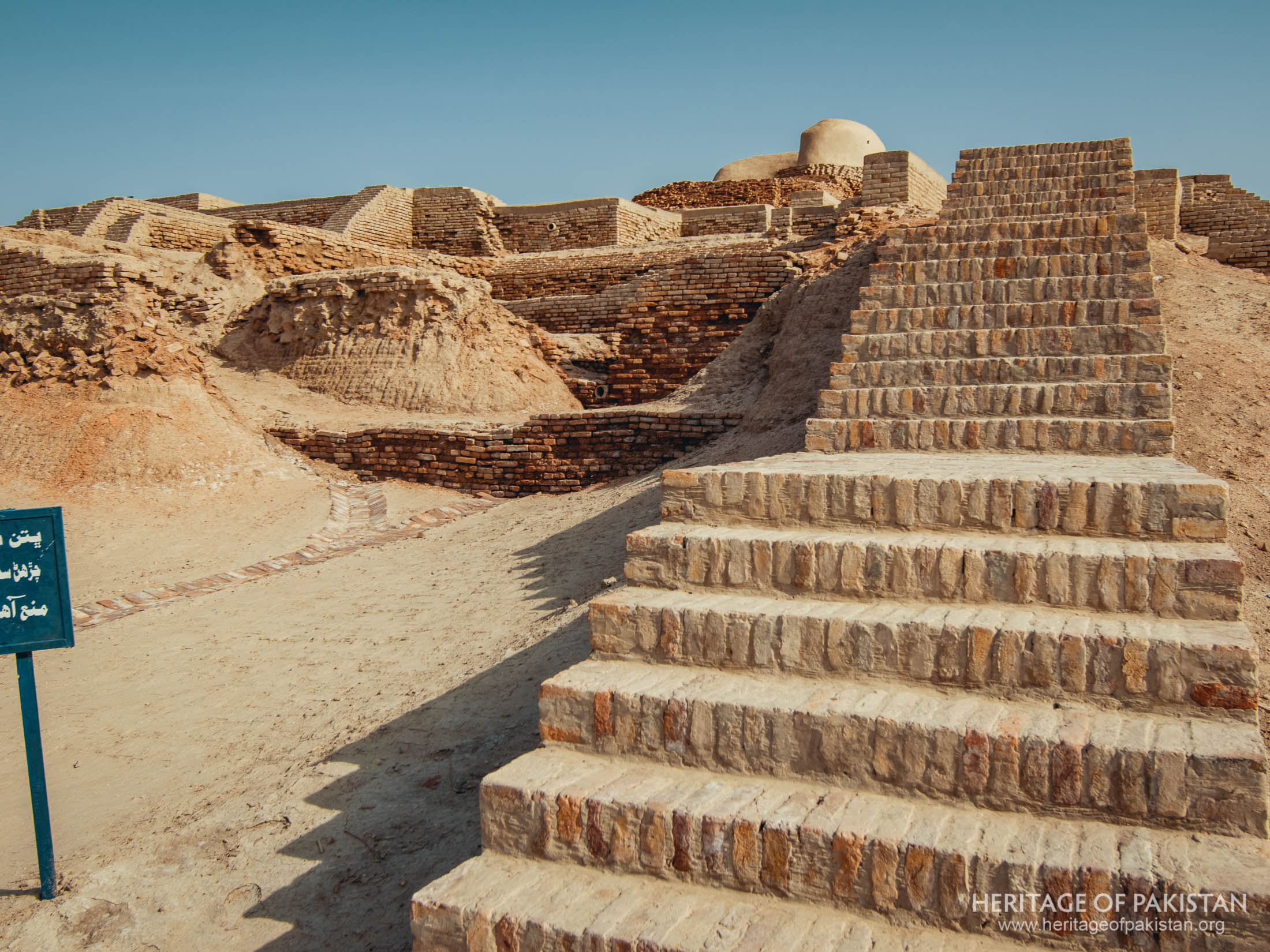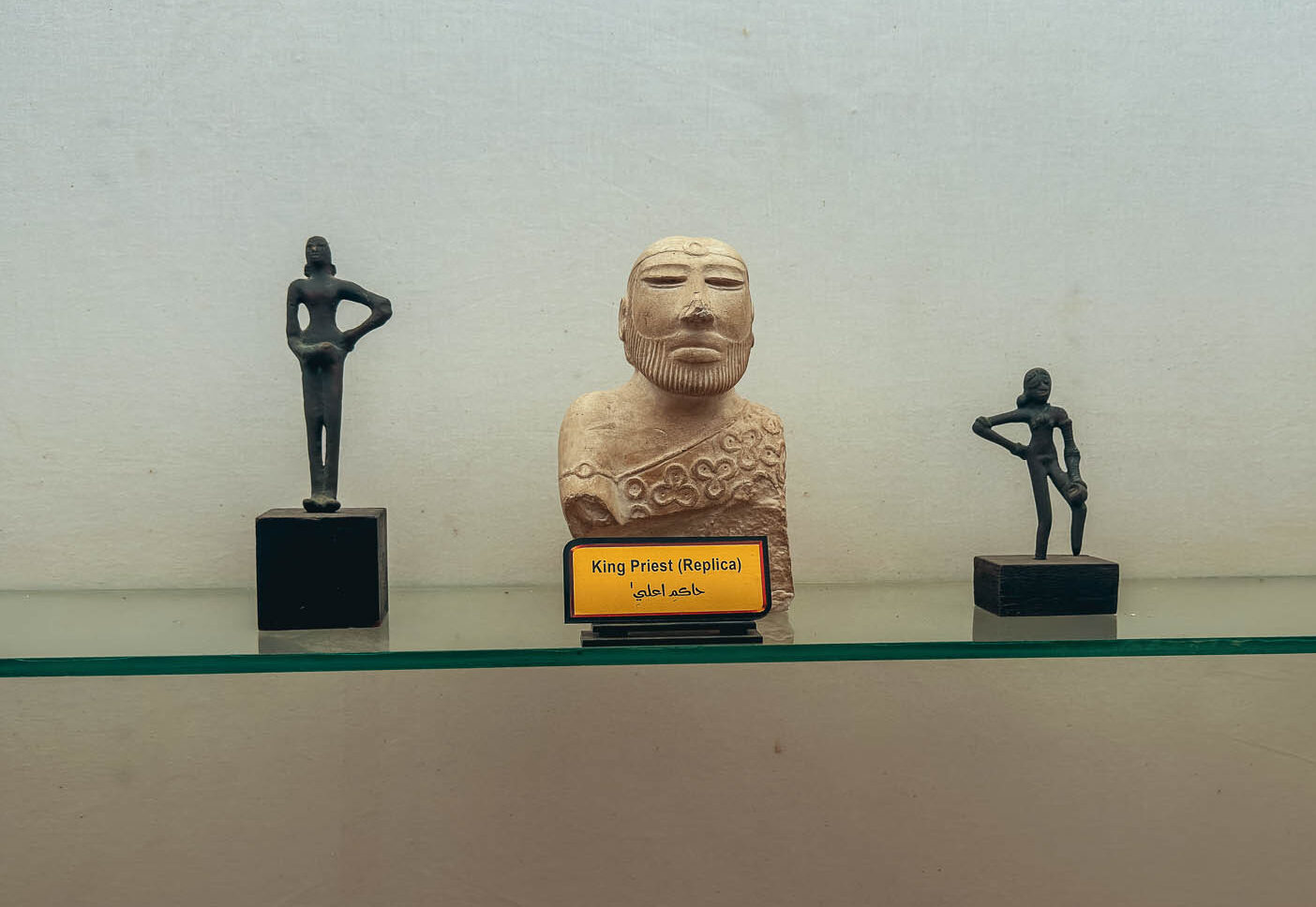Textarea
Mohenjodaro was a prominent city of the Indus Valley Civilization which thrived between 2500 and 1500 BCE
The Indus Valley Civilization, noted for its advanced urban planning and infrastructure, was among the most developed civilizations of antiquity
Despite its prominence, Mohenjodaro remained hidden beneath the earth for over 3,000 years until its rediscovery in the 1920s.
One of the most notable aspects of its architecture is the widespread use of burnt brick, which has been employed universally in the construction of streets, drains, and residential buildings.
One of the most iconic features of the Mohenjodaro site is the Buddhist stupa, which was constructed during the later Kushan period
A key feature of Mohenjo-Daro is its advanced drainage system, which is regarded as one of the most sophisticated systems discovered in the ancient world.
This pragmatic approach to urban planning suggests that the primary aim of the builders was to improve the comfort and functionality of everyday life rather than to display luxury or grandeur.
The archaeological discoveries at Mohenjo-Daro provide valuable insights into the urban planning, daily life, art, and religious practices of the Indus Valley Civilization
Two of the most important artifacts discovered at Mohenjodaro are the bust of the "Priest King" or "Nobleman" and the bronze sculpture known as the "Dancing Girl."
In recognition of its historical and cultural significance, Mohenjo-Daro was designated as a UNESCO World Heritage Site.










